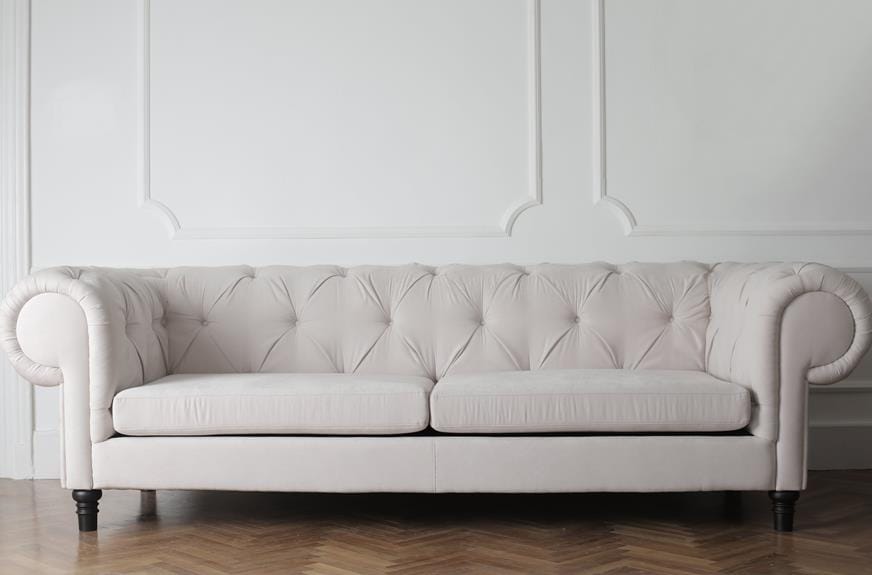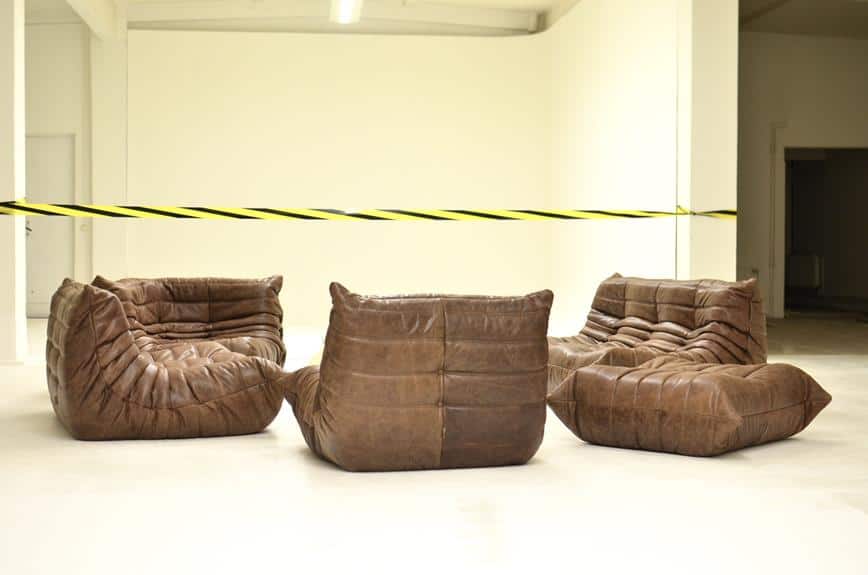To prevent a bookcase from tipping over, it is important to ensure that it is positioned securely and that the weight of the books is evenly distributed. Using furniture straps or wall anchors can provide extra stability, which is especially important in homes with children or pets.
For bookcases on carpet, consider using stabilizing equipment. It is also important to recognize when a bookcase is overloaded to avoid accidents.
The following steps are designed to help keep a bookcase stable and reduce the risk of it falling over.
Understanding the Risks
Unsecured bookcases are a safety risk, especially in homes with children, pets, or in earthquake-prone areas. A full bookcase can become unstable and tip over. Children and pets may climb or pull on shelves, causing the bookcase to fall, which can result in minor to severe injuries or even death.
Securing a bookcase also protects against damage to personal items. Placing heavy objects on the top of a bookcase increases the chance of tipping. During an earthquake, even heavy furniture can fall. To reduce this risk, place heavy items on lower shelves and anchor the bookcase to the wall with suitable hardware.
Homeowners can improve safety by securing furniture, which is a necessary step for preventing accidents and ensuring a safe living space.
Positioning and Weight Distribution
To maintain stability and safety, place your bookcase against a wall. Secure it to the wall studs using furniture straps or metal L brackets for added stability and to prevent tipping. Attach these tools firmly to both the bookcase and the wall studs.
For better stability, place heavier items on the lower shelves to lower the bookcase's center of gravity. This is especially important for tall bookcases, which have a higher risk of tipping. Store heavier books and items on the bottom half, and lighter items on the top shelves.
Consider adding a ledger board beneath the bottom shelf to help distribute the weight evenly and prevent the shelves from bowing. This step helps maintain the bookcase's structure.
Proper positioning and weight distribution are key to ensuring the safety and durability of your bookcase.
Securing With Furniture Straps
Furniture straps are useful for anchoring bookcases to wall studs to prevent tipping and increase safety, especially in homes with children or pets. Choose straps made of metal, plastic, or fabric based on the bookshelf material, look, and whether a temporary or permanent attachment is needed.
To install, first use a stud finder to locate and mark the wall studs for solid support. Then, line up the straps with these marks on the bookshelf and wall. For removable or Velcro straps, follow the instructions for secure attachment. For a permanent fix, attach the straps to the bookcase with wood screws, making sure they are tight and straight.
Drill pilot holes into the studs at the marked spots, and then fasten the straps with screws that are long and thick enough to hold the bookshelf's weight. If necessary, use wall anchors for extra support.
Installing Wall Anchors
To secure a bookcase and prevent tipping, follow these steps:
- Install wall anchors into wall studs. Use a stud finder to locate the studs and mark where the straps will attach.
- Drill pilot holes at these points, ensuring they align with the strap holes and are slightly smaller than the anchors for a snug fit.
- Insert the anchors into the holes. If no stud is available and the wall is drywall, use drywall anchors or toggle bolts for better hold.
Next,
- Place the furniture straps or brackets over the anchors and fasten them with wood screws, making sure they match the anchor type.
- Tighten the screws to ensure stability.
With the correct screws and anchors, the bookcase will be securely attached to the wall, reducing the risk of accidents.
Stabilizing on Carpeted Floors
To stabilize a bookcase on carpet, it's essential to anchor it to the wall. Carpets can make furniture unstable, leading to tipping. Use two L brackets to connect the top of the bookcase to wall studs. Find the studs with a stud finder, position the brackets, and mark where to drill.
Attach the L brackets to the bookcase using a screwdriver or drill, and screws that match the bookcase material. Drill pilot holes into the wall studs and fix the brackets with strong screws for a secure hold.
For a temporary solution, use detachable furniture straps that connect the bookcase to the wall studs and allow for easy removal.
To avoid wall attachments, install adjustable feet or furniture levelers on the bookcase. These can balance the weight and stabilize the bookcase on carpet without wall or floor attachments.
Recognizing Overload Signs
A bookcase may become unstable without obvious signs, yet sagging shelves often indicate overload. It's important to notice these signs to avoid damage to the bookcase and prevent injuries from a potential tip-over. Bowing shelves suggest they're holding too much weight, risking shelf failure or bookcase collapse.
To avoid such issues, know your bookcase's weight limit and balance items evenly. Place heavier items on lower shelves to maintain stability and light items on the top. Secure tall bookcases to the wall with brackets and screws for safety and extra support.
Regularly check your bookcase for damage or bending where it connects to the wall or floor. If these signs are present, reassess load distribution or reinforce wall attachment.
Preventive measures and monitoring bookcase weight can prevent accidents and extend furniture life. Follow the manufacturer's weight capacity and installation guidelines for safe, effective bookshelf use.




